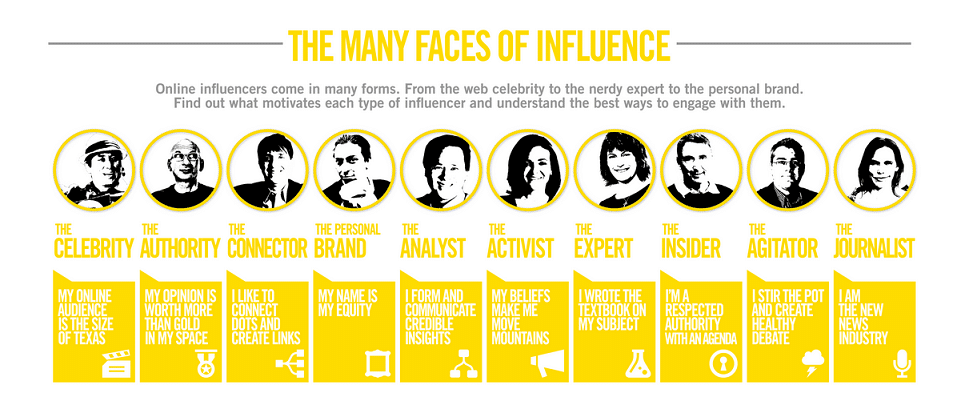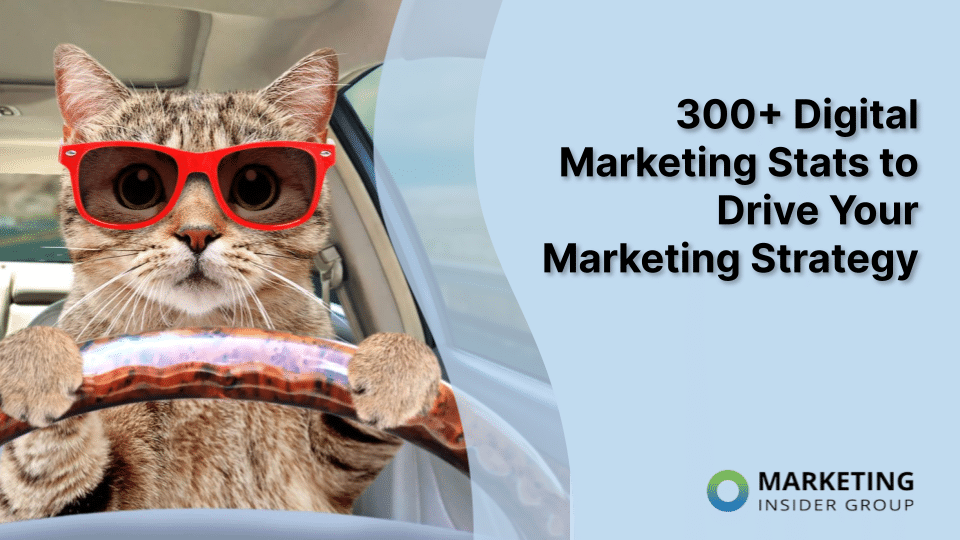
Influencer Marketing Budget: What’s Reasonable to Drive Results?
For most marketers, influencer marketing is well worth the investment. Research from 2016 revealed that this marketing tactic can generate 11 times the ROI of traditional digital marketing. Collaborating with a thought leader, mover or shaker within your brand’s niche can be a lucrative piece of your overall strategy.
That’s already well known. But, with so many different ways to approach this type of marketing, from getting a YouTube star to discuss your product or service to working together to create user-generated content, and so many types of influencers, how do you know what will work? Or, how much to spend? Influencer marketing can be a very big budget option or cost-effective depending on what approach you take. However, if you don’t allocate enough of your budget, your influencer impact will fall short. Spend too much, and you’re not going to garner a double-digit ROI, let alone a positive one.

Influencer marketing has been growing in relevance over the past several years. Already, three out of every four marketers are allocating a part of their budget to influencer marketing. In order to stay ahead of the competition and to have the right tools to drive results, it’s important to establish where influencers fit into your overall content marketing strategy, and budget. Especially if you are going to successfully sell your influencer marketing idea to C-suite, you need to have a clear idea of what’s the standard budget and how you can make your campaign work specifically for your brand.
What Does the Typical Influencer Budget Look Like?
Research performed by Linqia found that, for many businesses, the 2016 influencer marketing budget ranged from $25,000 to $50,000. Nearly half of these marketers said they have plans to increase their spending, with some expected to double their 2017 budget.
How are influencer campaigns priced? There are several different pricing models that marketers are using to determine the compensation amount. If your current budget isn’t flexible and C-suite’s appetite for risk isn’t that high, you can still launch an effective campaign by using results-based pricing models. For example, when payment is based on any of the following:
- Cost per Engagement (CPE) – the number of likes, shares or comments
- Cost per Acquisition (CPA) – the number of sales or generated leads
- Cost per Click (CPC) – number of actions taken when consumers view or interact with influencers
You’ll only spend more of your budget if your influencer(s) is able to drive greater results.
As an alternative, it may be more practical to use an upfront payment model, determining a set compensation amount for each blog post, video, social media post or other content delivered. This way you won’t have to allocate more of your budget if your influencer campaign turns out to be wildly effective.
What if You Don’t Have Thousands to Spend on Influencers?
Just because Mercedes Benz and Marriott have been running pricey campaigns doesn’t mean you have to in order to take advantage of the appeal of influencers. There are cost-effective ways to use influencer marketing.
Option 1: Micro-influencers – Don’t worry about collaborating with celebrities or big industry names. There is a lot to be said for micro-influencers, the less popular names who are likely to have a dedicated, albeit smaller following.
There are a few tricks you can use to identify worthwhile micro-influencers. If you’re using a tool like BuzzSumo, plug in a relevant keyword and you’ll get a generated list of potential candidates. Using this tools’ features, you can rank by website domain authority and the number of followers, check the type of content they are sharing and view useful engagement metrics like the number of retweets.
Another way is to check your own social media followers for possible micro-influencers. This manual approach may be unrealistic, depending on how big of a following your brand already has, but the advantage is, you can easily connect with influencers if they are already following you.
Option 2: User-generated content – Another approach is to use user-generated content. You can invite your audience to become brand ambassadors by motivating them to create and share content for your brand. A great way to do this is with a competition. Skype’s Your City, Your Passion campaign is an excellent example. The tech brand invited customers from around the world to post content about why they are proud of their home city.

The prize for the best content piece was an opportunity to have a Skype session with an expert in the winner’s chosen field. This was a creative way of connecting customers with influencers, while also engaging with unique content. As Skype’s customers may not be interested in influencers from the telecom industry, they found a way to use influencers from various industries that would appeal to their various target markets.
Option 3: Use the barter system – Influencer marketing is a vast playing field without a lot of written rules. That means there are endless ways to connect with industry experts who have a lot of clout without having to set aside a chunk of your marketing budget. For short-lived collaborations, such as a vlog or podcast mention or a few social media posts or shares, you may be able to simply offer free products or services. It’s the age-old practice of giving celebrities, even small ones, free stuff just so they will wear, and thereby advertise, your brand. It’s also possible to trade influencing for influencing, such as exchanging a blog post or agreeing to share one another’s worthwhile content on your social feeds.
Making Your Influencer Budget Influential
There are infinite options if you think outside-of-the-box. While the most conventional route is to engage a celebrity name by paying for their attention, this isn’t your only option. In fact, it’s only a small part of influencer marketing.
When you reach out to industry authorities who also want to engage their audiences, you may have more value to offer through your clout. For example, someone with their own personal brand will appreciate the chance to build their reputation and create a couple organic backlinks by posting on your blog. Someone who likes to stir up conversation may be interested in engaging in an industry debate or be interviewed on your podcast to reach out to more people.
Look at influencer marketing as a collaboration rather than an exchange. Where your brand and your influencer have aligned values and a related vision, you can combine forces – for a blog post, a video, a three-day social media campaign, or for a long-term relationship – to reach your aligned goals. After all, the more in-tune your brand is with your influencer, the more impact your campaign will have. Sure, influencers need to be paid for their time and bigger names will require more compensation in order to be willing to be a part of your marketing, but viewing a big budget as the only way to a killer influencer campaign limits the potential of this powerful type of marketing.






